
Tea growing hills in Fujian, China
I was never really a big tea lover last year when my Mom gave me packets of Chinese green tea to take home from a recent visit. Not only were they a really good quality green tea, but I started enjoying tea after dinner, as sort of a relaxing ritual.
Just a few months ago, I met Phil from Two Leaves and a Bud. It was his amazingly fragrant Asian teas that knocked coffee off my morning routine, and then I began enjoying tea throughout the entire day. What I love about tea vs. coffee is that there are so many varieties of tea available, and everything from varietal, region, harvest, drying methods, mixing all contribute to the flavor — sort of like wine.
Yes, I know that coffee has that too, but the differences in these factors are so much more distinct in tea than in coffee. Earl Gray is made from black tea leaves with natural bergamot oil to give it its distinct citrusy aroma is perfect for a rainy morning. My personal favorite, Gen Mai Cha is Japanese tea mixed with brown rice puffs for a roasty green tea that I love to enjoy in the afternoon. Indian Chai, with its distinct full and rice spices is my choice for after dinner as my dessert.
I’ve asked Phil to contribute an article about the Art of Tea Tasting for you. Check out the flavor wheel in the article, which actually came from wine tasting. It’s fascinating to see that language and flavors of tea are so similar to those of wine.
~Jaden
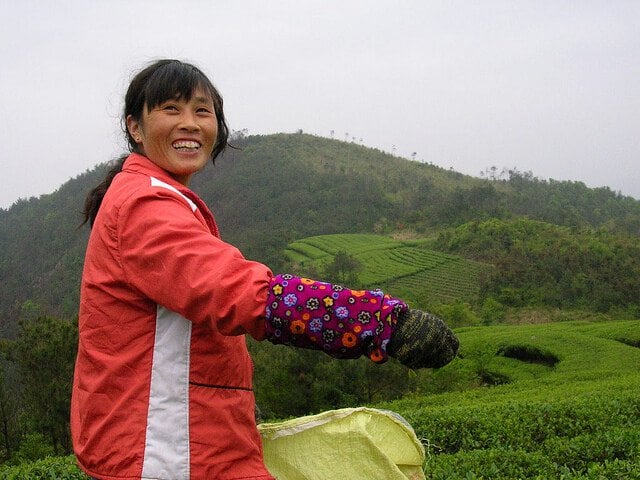
The Beginner’s Guide to Tea Tasting
by Phil Edelstein, Two Leaves and a Bud
Many of us taste tea everyday, but how often do we take the time to truly discover each of the aromas that hit our nose, and the flavors that meet our palette? The complexity of flavor that comes with high quality tea approaches the complexity of a robust wine. Unraveling the incredible variety of tastes, textures and aromas of your favorite teas is a fun way to enjoy the adventure of drinking teas that come from all over the world.
And yet, tasting tea and finding ways to describe what meets your tongue can be daunting. Experienced tea tasters from tea gardens around the world taste thousands of cups of tea every year. Here at two leaves and a bud tea company, we’re tasting different “crops” of tea weekly, carefully noting subtle differences in cup color, aroma, texture and flavor profiles.
Where are you, the average “cuppa’ day” tea drinker, supposed to begin? Fear not—the following step-by-step guide to the art of tea tasting will have you tasting and describing teas like a connoisseur in no time. Let’s begin!
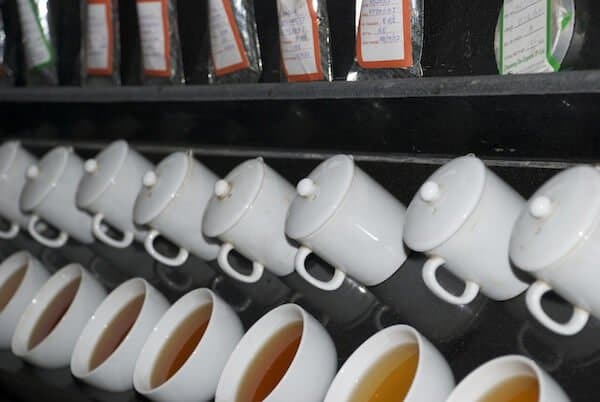
Preparation for Tea Tasting
Properly preparing the tea you’re about to taste is crucial. Interestingly, preparing tea for a formal tasting is quite different from your normal home preparation. Here’s what you’ll want to do:
Your average tea sachet or cup of loose tea is going to hold around 2.8 grams of tea, steeped in 350 mL of water. For your tea tasting, measure out double the amount of tea you would normally sip, or just use half the water – 175 mL. We’ll explain why in the next section.

Heat your water. Here, you’ll want to be very careful about what temperature your water reaches. Basic guidelines are:
White and green teas: these delicate leaves can’t handle too much heat, or else they end up singed with a bitter, burnt flavor. Steep at temperatures between 170 and 185 degrees Fahrenheit.
- Oolong teas: add a little more heat! Brew at temperatures between 180 and 190 degrees Fahrenheit.
- Black and herbal teas: Heartier leaves can handle a full boil. Steep at a temperature between 208 and 212 degrees to release the full flavor.
Start steeping! Pour your water over the leaves and cover the top of your mug or teapot to preserve the heat. Set a timer for 4-5 minutes (a full-fledged, long steep), and remove the tea after the timer has gone off.
All done? You’re now ready to begin tasting!
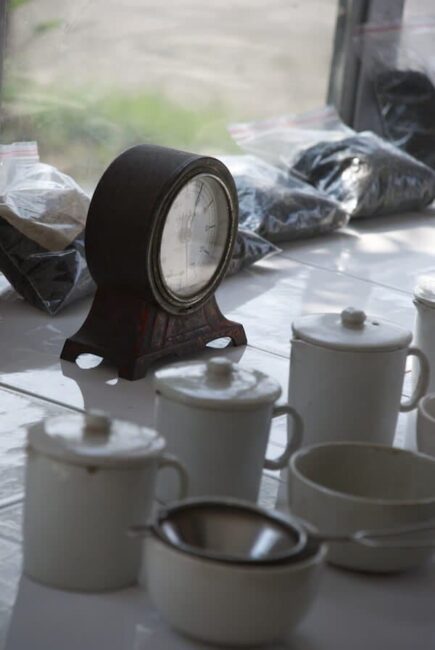
The Art of Tea Tasting
You’re probably asking yourself – why did I steep double the amount of tea I would normally? The answer: so that your cuppa’ tea “overemphasizes” the flavors hidden in each tea. A full, long steep with double the amount of tea might not be perfectly pleasing to the palate, but it will help to tease out the flavors you might not notice normally, and make them more apparent to your tongue.
With that in mind, there are also a few techniques during the actual tasting itself that will help bring out the flavors of the tea and make them more recognizable:
Smell: Studies have shown that 80-90% of what we taste is actually due to what we smell. With that in mind, you’ll want to treat your cuppa’ tea just like a glass of wine: take a deep, long inhale as you bring the tea to your mouth, so that the aroma mingles with what you’re tasting on your tongue.
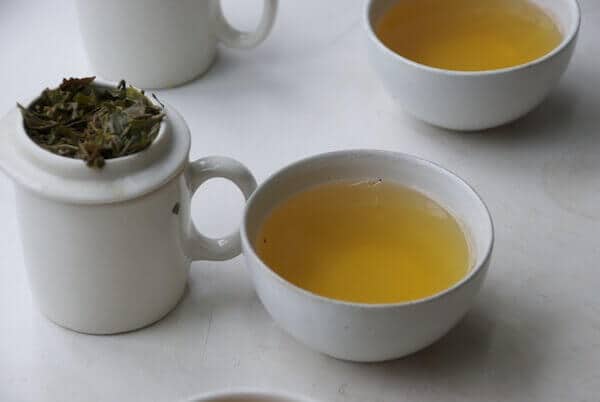
Slurp! It may make your tea tasting a bit more rude and noisy, but slurping tea is the only way to truly taste it. Slurping cools the tea, and runs it over your tongue, allowing it to fully touch every part of your palette. And don’t swallow just yet! You’ll want to let the tea sit on your tongue while slightly pulling in air from your lips (cue more slurping sounds), thus aerating the tea and allowing it to fully run over your palette, bringing out the full range of flavor.
Spit: Now your tea tasting just got really rude! Spitting out your tea like you would at a wine tasting is purely optional, but many tea tasters spit out their tea so that they don’t become overly “jived” from caffeine.
Wondering if you need to cleanse your palette when you’re tasting multiple teas? You actually don’t. Tea tasters transition from tea to tea without pause to quickly compare flavors. Don’t worry—the flavor of the previous tea won’t “dilute” what’s in your mouth now.
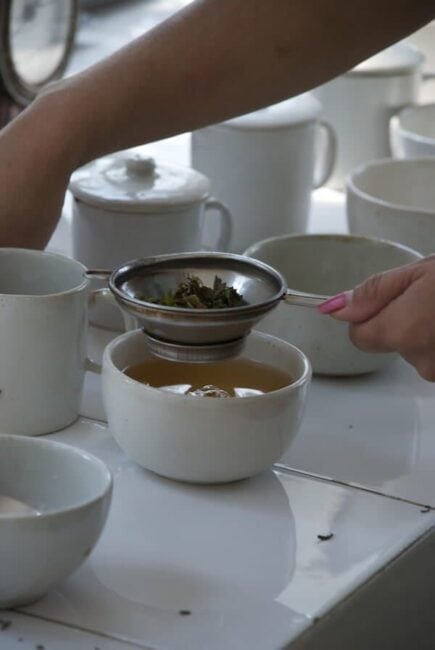
Describing What You’ve Tasted
Now comes the hard part: taking what you’ve tasted and putting it into words. The disclaimer for this step is that it is purely subjective – there is no “right” answer. What you taste is what you taste, and any adjective you’d like to use to describe your tea is just fine.
This can be a bit of a challenging step at first, so as a form of training wheels, let’s take a look at this image of a flavor wheel (courtesy of My Wine World), which provides a wonderful starter set of words that you can use to describe your teas:
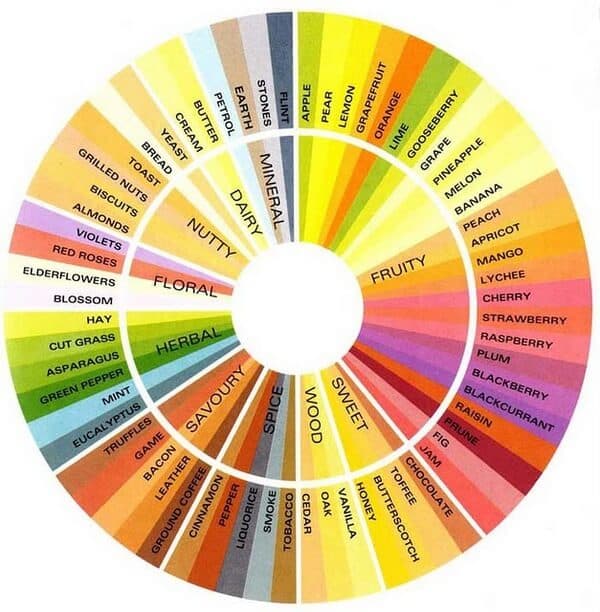
As you can see, this flavor wheel has some great suggestive terms that you can use to describe your tea. However, if you’re still in search of things to say, let’s get even more detailed by looking at types of tea, and putting them into the flavor categories (wood, sweet, fruity, etc.) that they generally fall under.
Black Teas
The earthy, deep tones of many black teas will often fall under the Wood and Mineral categories of the flavor wheel.
Green Teas
Green teas taste…green. The vegetal tasting profile of green tea means that it generally falls under the Herbal section of the flavor spectrum.
Oolong Teas
Oolong’s flavor can be smoky and/or sweet, green and/or black. It often occupies a middle ground in the realm of tea between green and black teas, and so its flavor profile can run the gamut of Spice, Sweet, Wood, and Mineral.
White Teas
Incredibly subtle in their flavor, white teas are light, bright, and often have a little sweetness. You’ll often find pleasant Floral aspects in white tea, along with flavors in the Sweet realm of the spectrum.
Flavored and Herbal Teas
The above tea profiles are used to describe the flavor of the actual tea itself. But what if you have a Jasmine Petal green tea? Or an herbal blend like our Organic Better Belly Blend with eleven different herbs? The answer is simple – look to the ingredients! If you’re sipping two leaves and a bud’s Jasmine Petal green tea, combine descriptors of green tea with some jasmine petal descriptors from the “floral” or “sweet” category. If you’re drinking our Organic Mountain High Chai Black Tea, which contains spices like cinnamon and clove, combine descriptors of black tea with words from the “spice” category.
Experience is What Counts
Your first tea tasting might not be perfect. The right words may not suddenly arise to the tip of your tongue after first-slurp. But keep on trying! Experience makes all the difference. As you refine your palette, and teach your brain to describe what it’s tasting, the right words will become increasingly more accessible.
And most importantly, all the while you’ll be developing an increasing appreciation for the tea you’re tasting, and will be able to truly differentiate between your average, run-of-the-mill cuppa’ and some of the greatest teas on earth.
Photos
Here are some photos from Two Leaves and a Bud recent trips to China, Japan, India to source tea.

Tea Hillside- Tea bushes growing on the hilly landscape of Darjeeling, India.
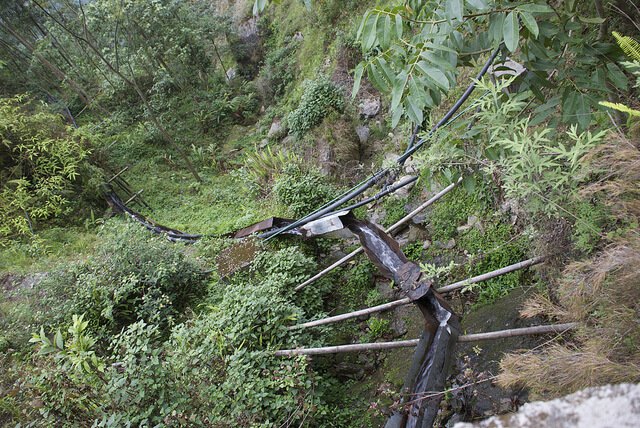
Irrigation – looking down the slope of one of Darjeeling’s many hills.
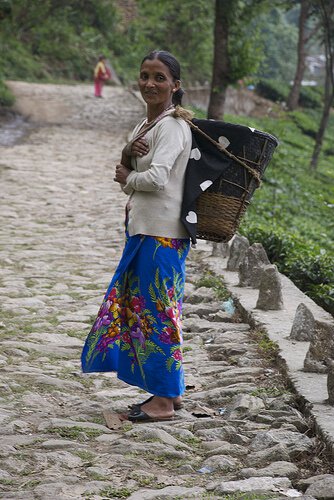
A tea plucker about to make her way out to pluck tea in Assam, India.
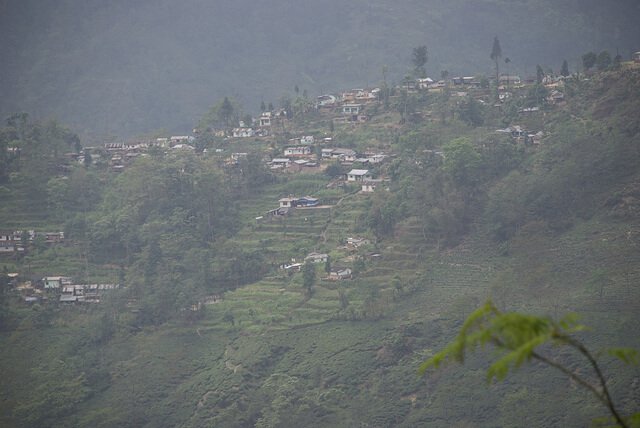
A view of Darjeelingtown, India.
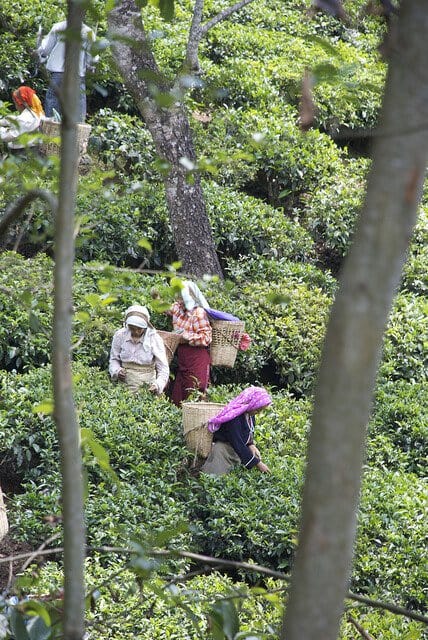
Pluckers harvesting tea in Darjeeling, India.
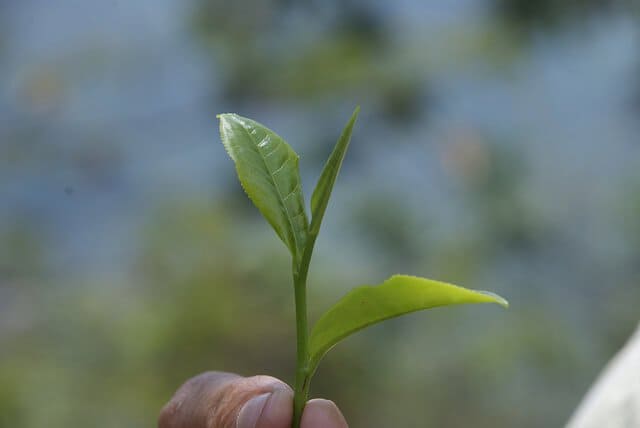
The actual “two leaves and a bud” of the tea plant, plucked in Assam, India.

A view of the green tea fields in Fujian Province, China.
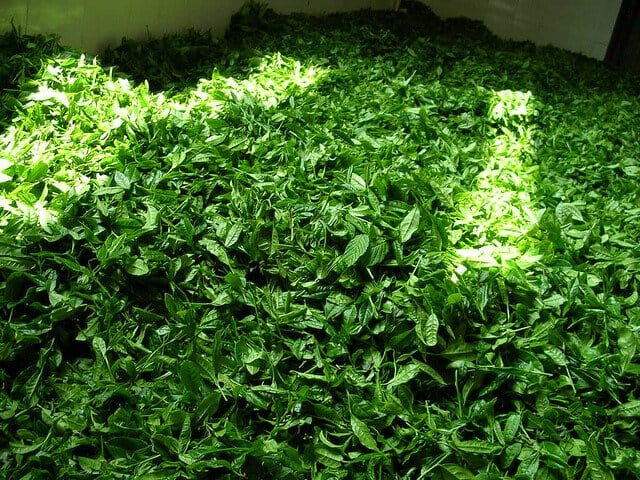
Freshly plucked green tea.
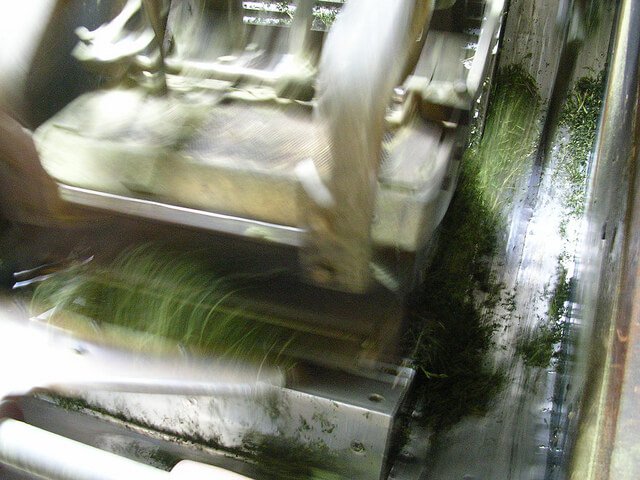
A green tea “CTC Machine” which takes whole leaves of tea and cuts, tears and curls them so that they can fit in a traditional teabag.
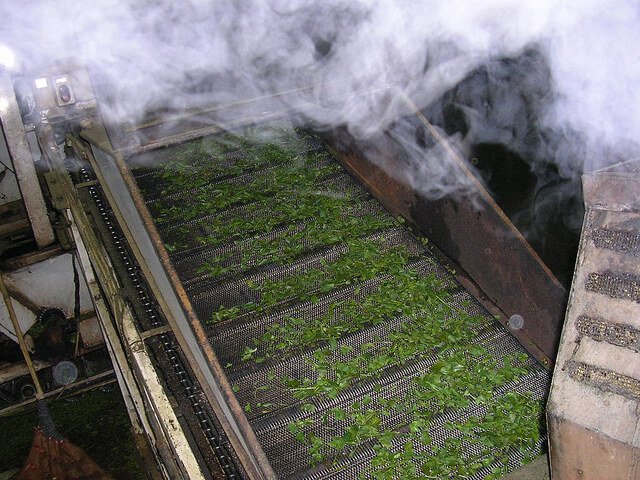
Green tea being steamed in the traditional Japanese style.

Colorful saris wait in line in India.


A plucker happily picking tea in Fujian Province, China.
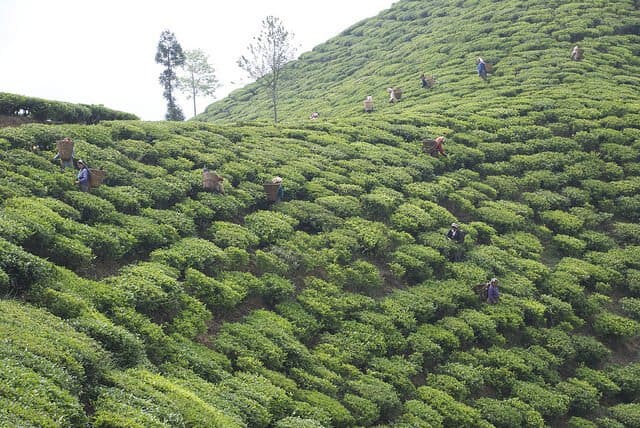
Pluckers dot the hillsides in Darjeeling, India.










































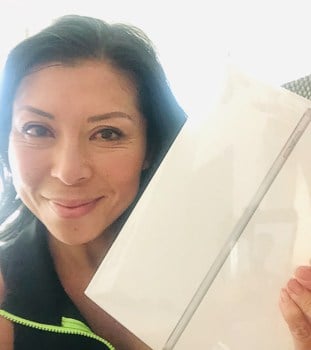
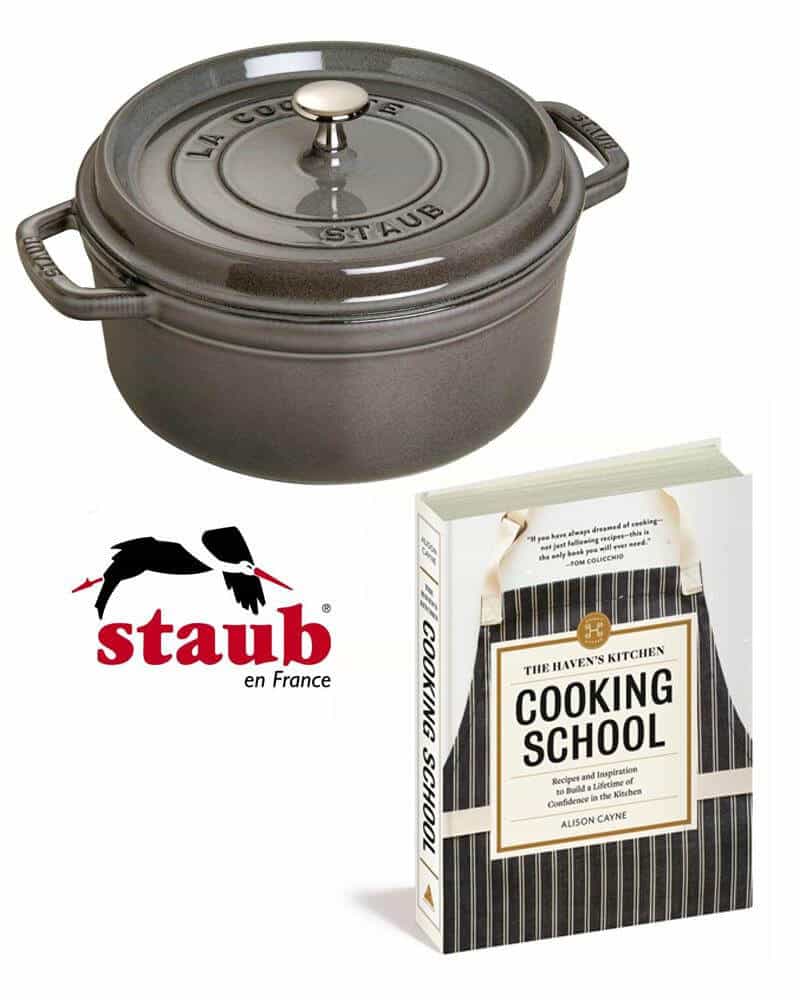
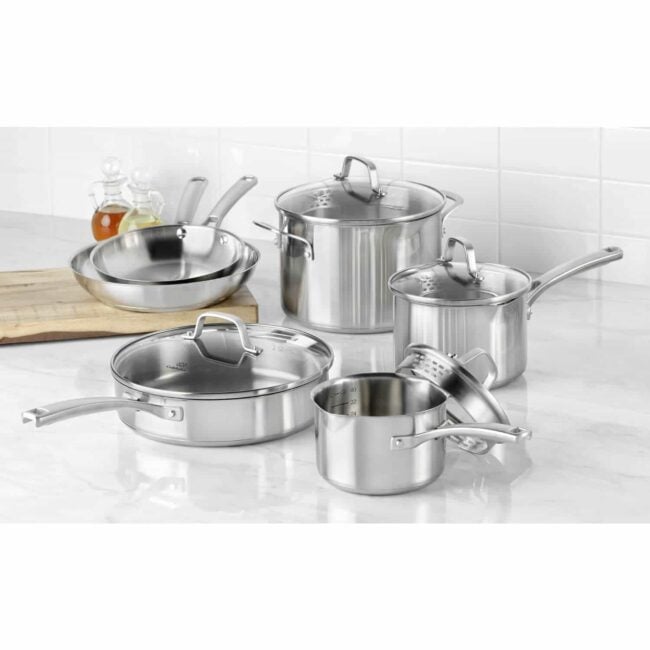
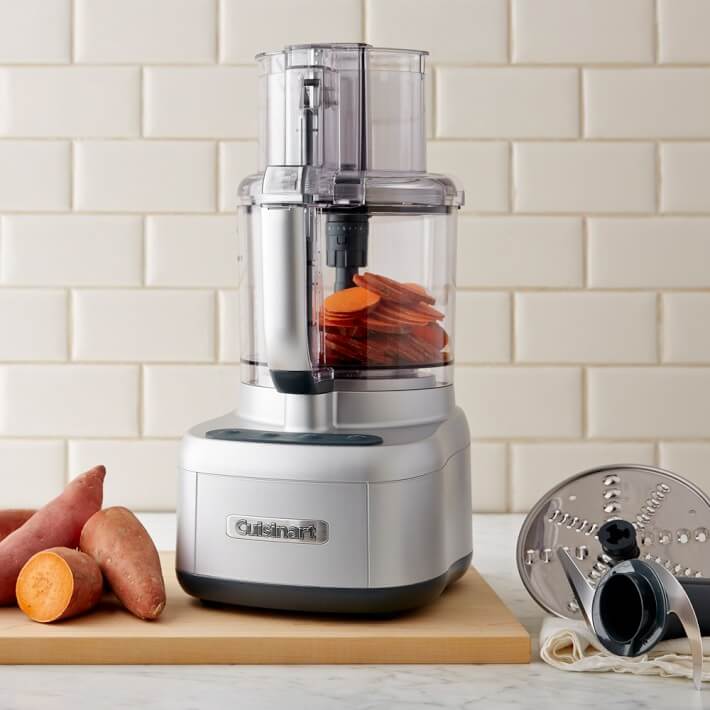



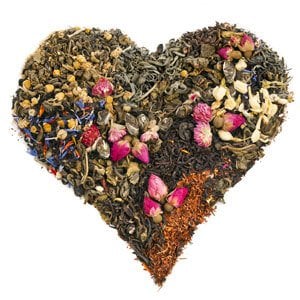
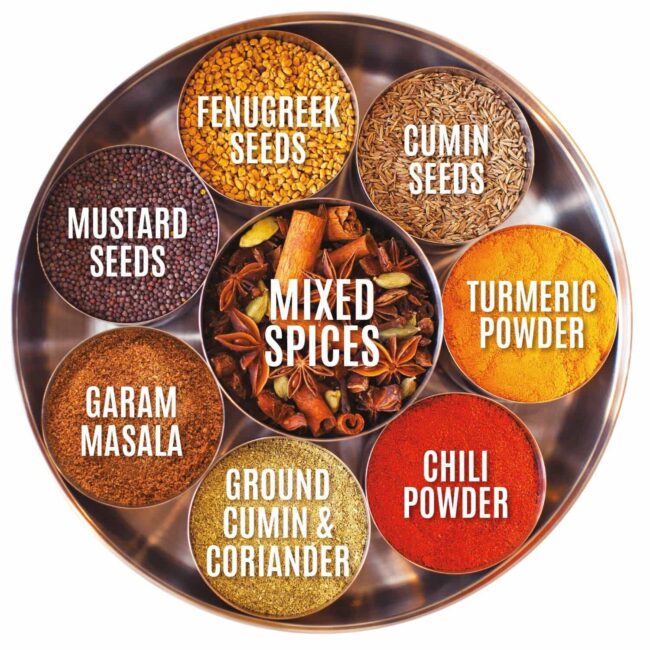
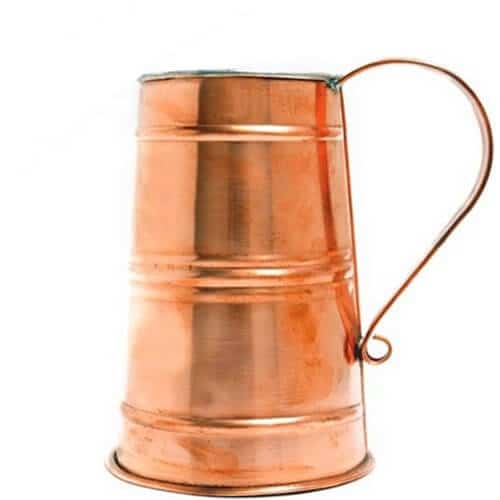



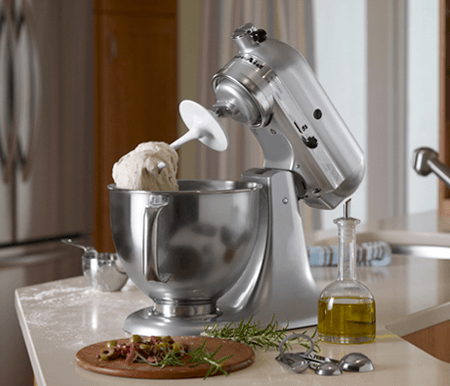

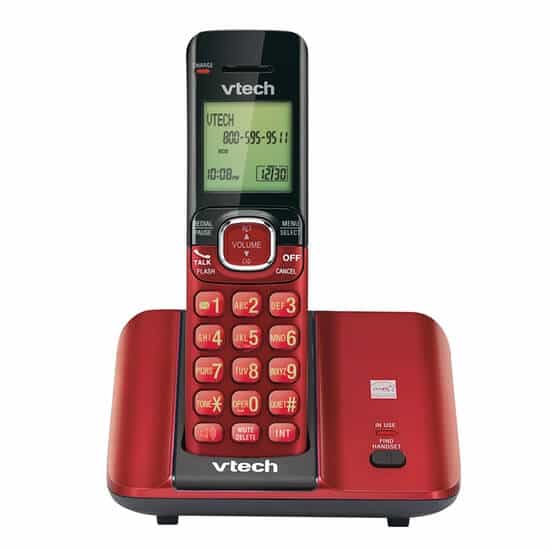

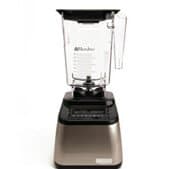


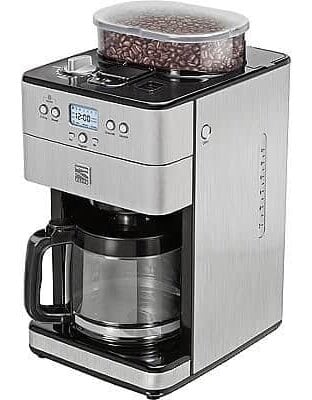
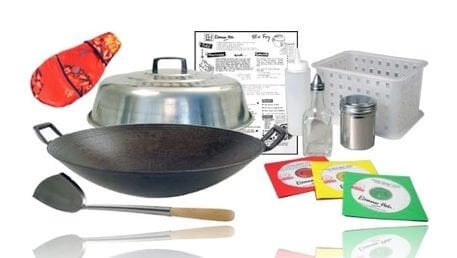

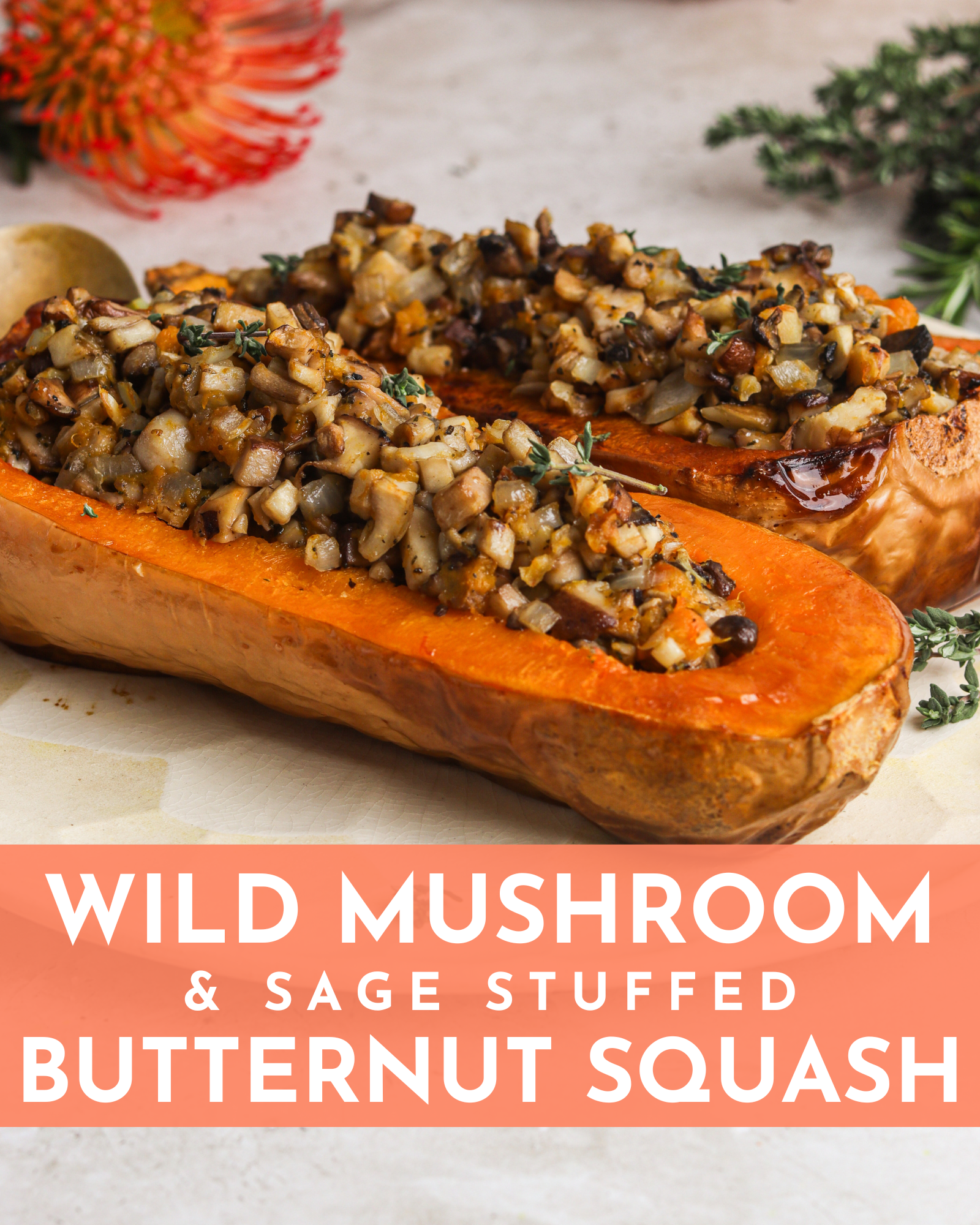
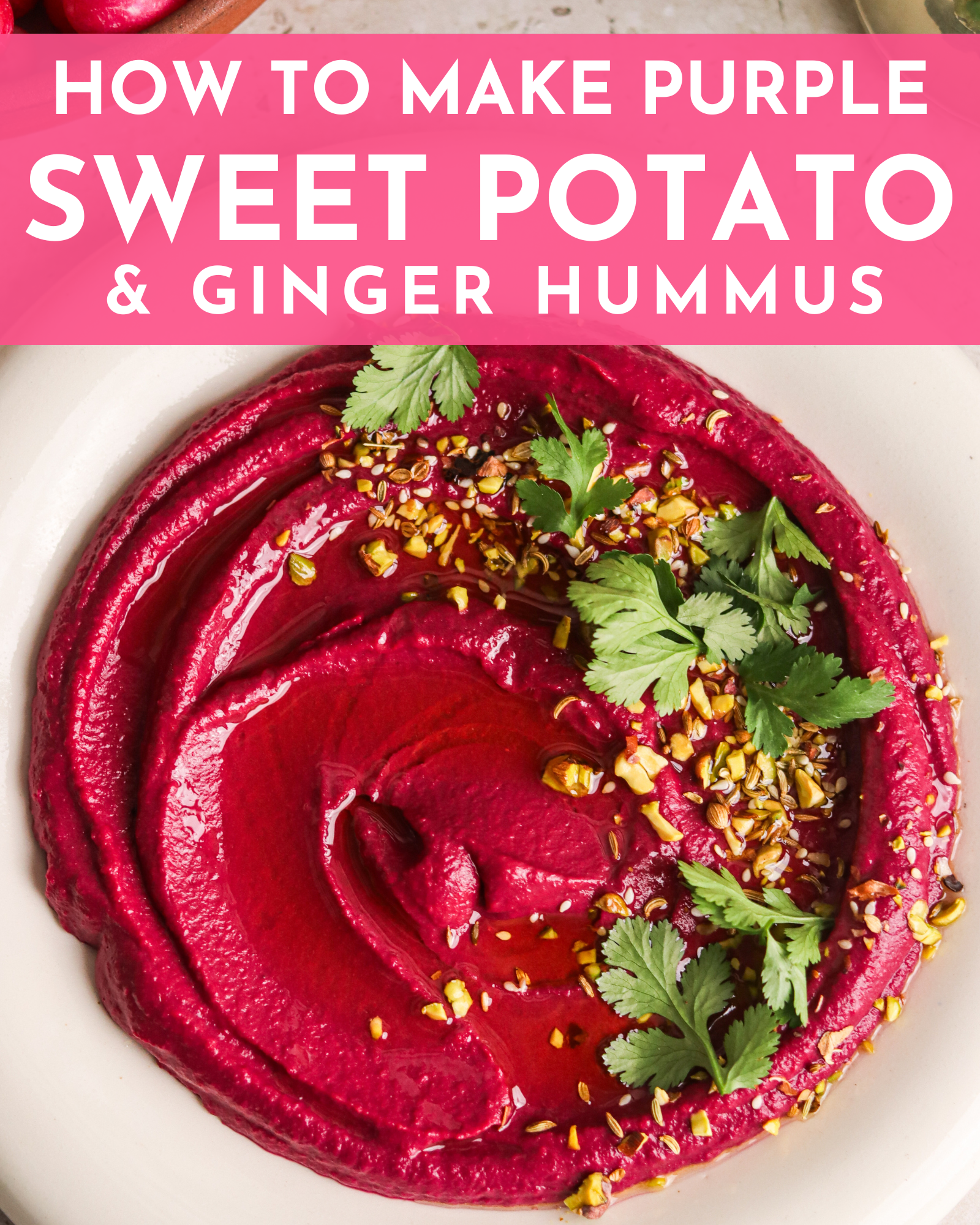
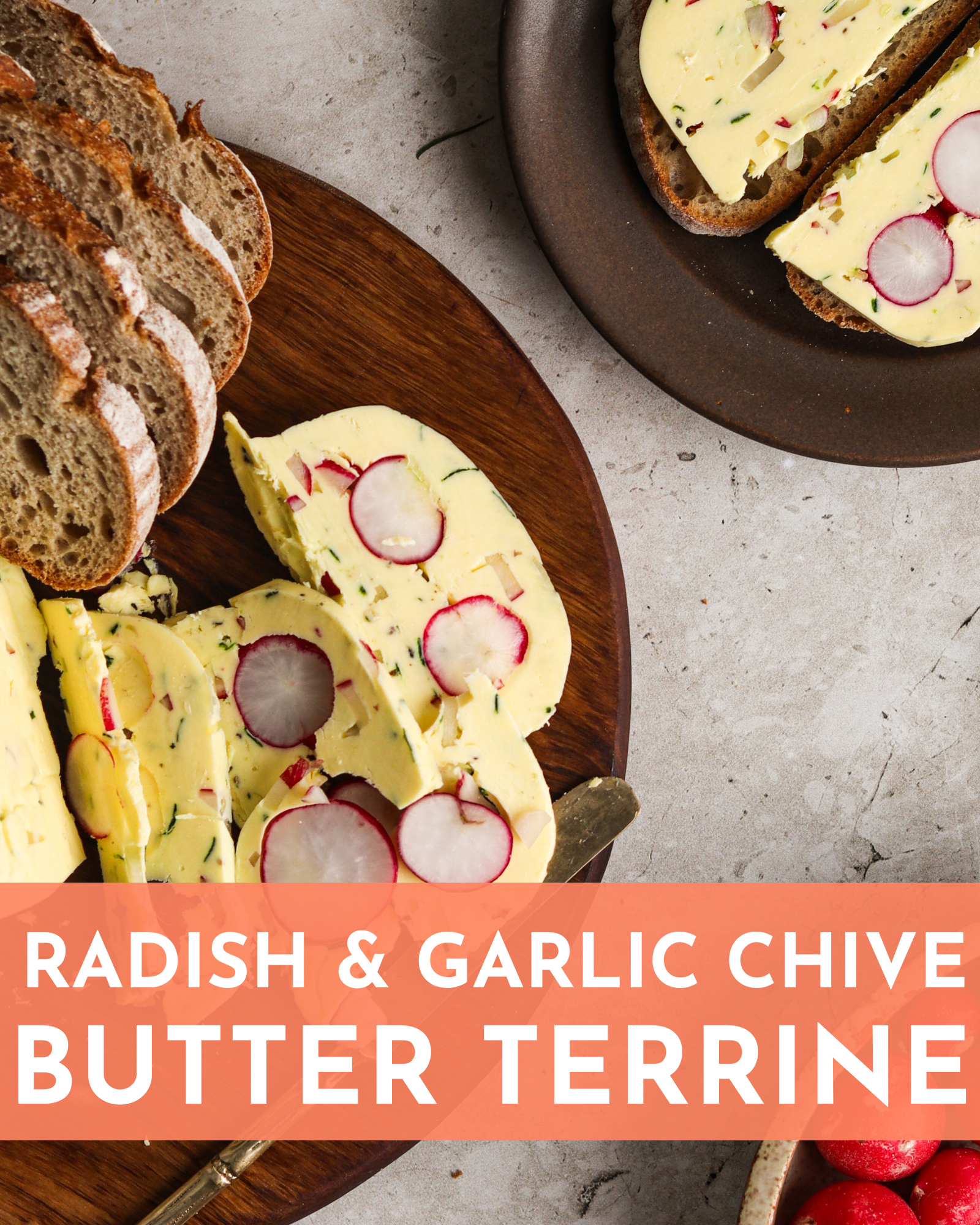
I am a tea enthusiast and I am currently taking classes to be a tea sommelier. This is definetly a great read. The great thing about being in America is that our tea culture is so vast and we have the opportunity and desire to try teas from all over the world. Thank you for the refresher!!
This article is perfect for those trying to learn how to learn the art of tasting tea. Very informative and the “training wheel” was a great visual.
very useful to know the tea tasting. i want to be a good tea taster.
What a wonderful and informative article! The company has since been renamed Two Leaves but they are still great people. I love their teas, especially for while I’m at work.
Its very healthy, I like very much this tea.
This was sooo helpful!
Thanks for the insight for all of us tea fanatics 🙂
Thanks for posting I love learning about tea 🙂 my brother will especially love this, he loves tea and wants to own his own tea shop!
And then I got super excited because my boyfriend is actually from Fujian!
Thank you. What an amazing article. It really helped us gain a between vocabulary for our recent tea tasting party!
I just went to China and went to a tea ceremony, one of my favorite experiences of the trip. It was fun to taste and smell the different teas and experience the long standing tradition of tea tasting in the Chinese Culture.
wow, this is very informative. I’ve been a casual drinker and this realy makes me appreciate the entire tea drinking experience. I love collecting tea from Asian shop such as Ten Ren or Puripan, I will apply this knowledge when enjoying my tea stash
I’m going right back to read this article you wrote after I cut and paste my exciting discovery of rhubarb this spring. I am coming here from “White on Rice” blog to offer up my recent rhubarb dessert!
How apropos too. I just discovered rhubarb this year. I was attracted to this recipe photo in the Martha Stewart Living magazine for April – “Poached Rhubarb with Elderflower Sabayon”. First, I learned that rhubarb is scarce in the South. When I saw some, I latched on to it. Second, poaching the rhubarb didn’t look like much, and I got a little skeptical. Third, in conclusion, this was one of my best desserts ever. The look mysterious but the subtle, sweet, tangy flavors were divine. I snatched more hard-to-find rhubarb and made a “rhubarb mostarda” to go with my grilled pork chops this past weekend. Savory this time but none the less delicious; perfect pairing with pork. Here is the “Poached Rhubarb with Elderflower Sabayon”…
http://rileymadel.blogspot.com/2011/04/poached-rhubarb-with-saboyan-cream.html
I enjoyed this article very much, and Oolong from high hills of Taiwan is my favorite.
Thanks for the great post! And yes, my favorite tea is also genmai cha — sooo tasty!
I love Two Leaves And a Bud! Wonderful flavors! I like to stash a few in my purse for an afternoon pick-me-up.
Wow! Great post and simply gorgeous photos. I’m afraid I’m very unsophisticated when it comes to tea. Tazo is about as adventurous as I’ve gotten, but then I’m not much of a traveler. I’ve never stepped foot out of this country, so I find this really fascinating. Thanks so much for sharing!
This is such an interesting post. Thanks so much for taking the time to write this!
This is super interesting. I love tea but never knew the nuances of a proper tasting. Thank you!